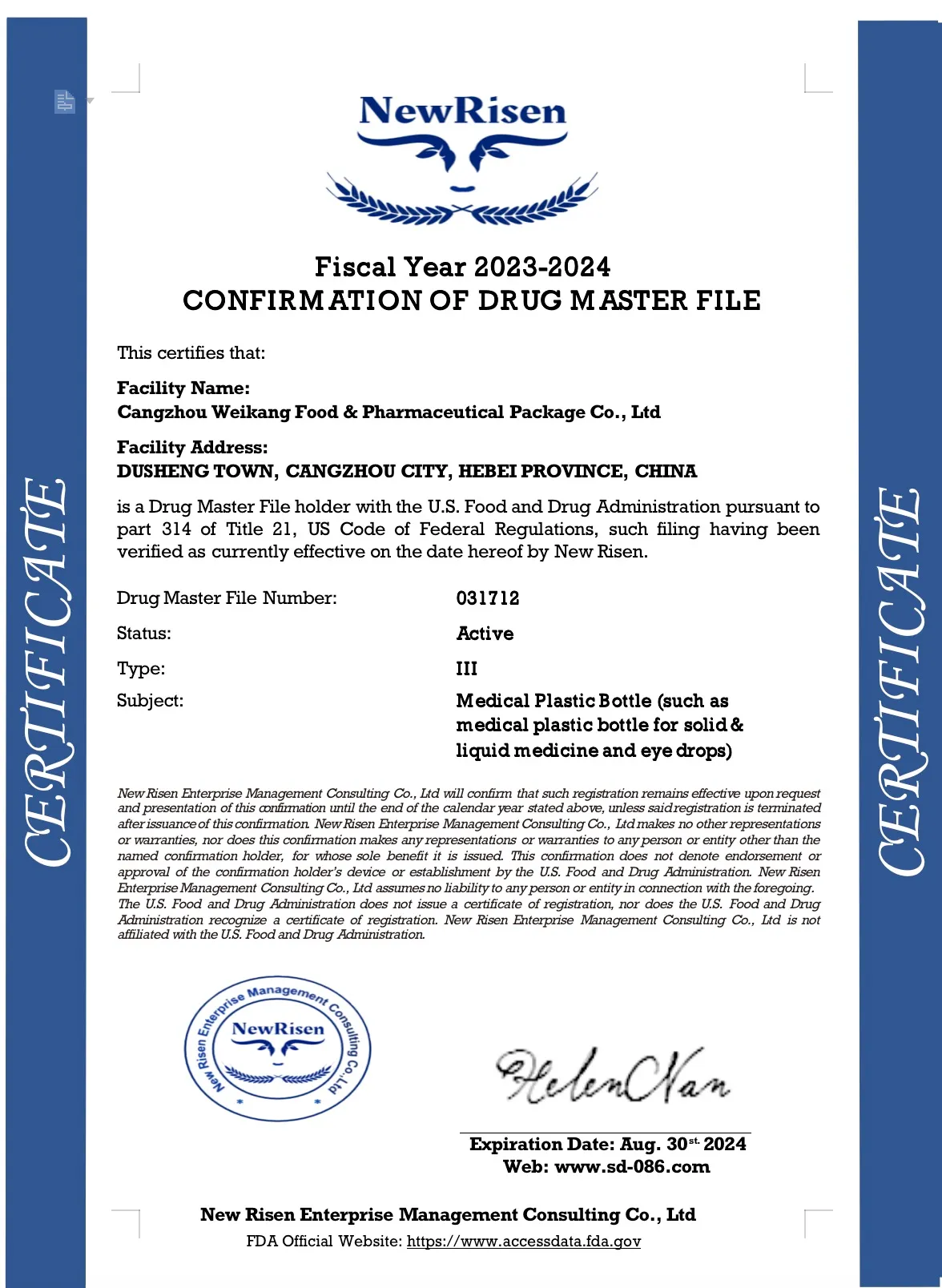amber reagent bottle uses
Understanding Amber Reagent Bottle Uses A Comprehensive Overview
In the realm of chemistry and laboratory practices, the choice of container is just as crucial as the reagents themselves. Among the myriad container options available, amber reagent bottles stand out for their unique properties and applications, particularly for substances that are sensitive to light. This article delves into the significance, uses, and advantages of amber reagent bottles in scientific research and industrial applications.
What are Amber Reagent Bottles?
Amber reagent bottles are specially designed glass containers with a deep amber color. This color is achieved by incorporating metallic oxides into the glass, which serves a vital purpose. The primary function of these bottles is to protect light-sensitive substances from UV and visible light exposure. This characteristic is essential in preserving the chemical integrity of certain reagents, which can degrade, react, or undergo unwanted transformations when exposed to light.
The Importance of Light Protection
Many chemical compounds, especially those in the realm of organic chemistry, pharmaceuticals, and biochemistry, are photosensitive. Compounds such as Vitamin A, chlorophyll, and certain pharmaceutical agents can degrade or become ineffective when exposed to light. This degradation not only affects the quality of the substance but can also lead to potentially dangerous reactions. By storing these sensitive materials in amber reagent bottles, scientists and researchers can ensure the long-term viability and safety of their compounds.
Common Uses of Amber Reagent Bottles
1. Storage of Photosensitive Chemicals Amber bottles are commonly used to store reagents such as hydrogen peroxide, formaldehyde, and certain organic solvents. By shielding these substances from light, researchers can prolong their shelf life and maintain their efficacy.
2. Biological Samples Microbiology and biochemistry labs frequently use amber bottles to store biological samples that may be sensitive to light. Samples like enzyme solutions, nucleic acids, and cultured microorganisms may deteriorate if exposed to light for prolonged periods. Amber bottles provide a protective barrier, facilitating safe and effective storage.
3. Environmental Samples In environmental science, researchers often collect and store samples such as water, soil, or air pollutants. Amber bottles help protect these samples from photodegradation, ensuring the accuracy and reliability of scientific analyses conducted later.
amber reagent bottle uses

4. Pharmaceuticals The pharmaceutical industry relies on amber bottles for storing light-sensitive medications and compounds. This use not only helps in maintaining the potency of drugs but also meets regulatory standards for pharmaceutical packaging.
5. Chemical Synthesis In synthetic chemistry, amber bottles are often employed during the reaction process for light-sensitive reagents. These bottles allow for reactions that would typically be adversely affected by light to proceed safely and successfully.
Advantages of Using Amber Reagent Bottles
- UV Protection The primary advantage of amber bottles is their robust UV-blocking capabilities, protecting sensitive compounds from photodegradation.
- Durability Typically made from high-quality glass, amber reagent bottles are resistant to breakage and can tolerate a range of temperatures, making them ideal for various laboratory conditions.
- Reusability Many amber reagent bottles are designed for multiple uses, promoting sustainability in laboratory practices.
- Chemical Resistance Amber glass is highly resistant to most chemicals, making it a suitable choice for a wide range of laboratory applications without the risk of leaching harmful substances into stored materials.
Conclusion
Amber reagent bottles serve as an indispensable tool in scientific research and industrial applications. Their unique ability to protect light-sensitive substances plays a critical role in preserving the integrity of chemicals, biological samples, and pharmaceuticals. With their durability, reusability, and chemical resistance, amber bottles are a practical choice for any laboratory that seeks to maintain the highest standards of quality and safety in its work. As the field of chemistry continues to evolve, the importance of proper storage methods, including the use of amber reagent bottles, remains a foundational aspect of achieving reliable and repeatable results.
-
Aesthetic Makeup Spray Bottles | Fine Mist Empty RefillableNewsAug.19,2025
-
White Plastic Veterinary Vaccine Vials | Lab Liquid BottlesNewsAug.18,2025
-
Plastic Medicine Liquid Bottle: Secure Flip Top Drug VialsNewsAug.17,2025
-
Durable 250ml Blue Plastic Vaccine Vial for Lab & Vet UseNewsAug.16,2025
-
Sterile Virus Sample Tubes: Secure & Reliable Specimen CollectionNewsAug.15,2025
-
White 250ml Plastic Vaccine Vial for Lab & Vet MedicineNewsAug.14,2025
























